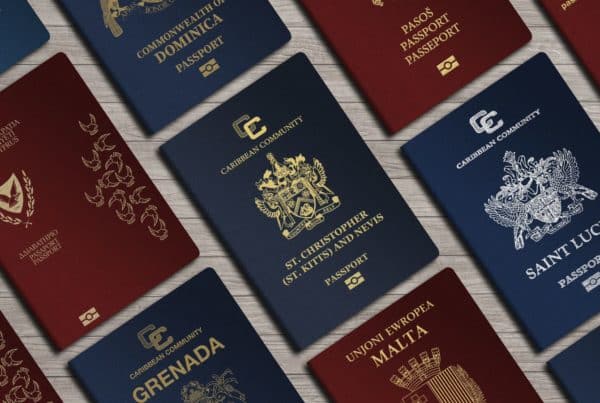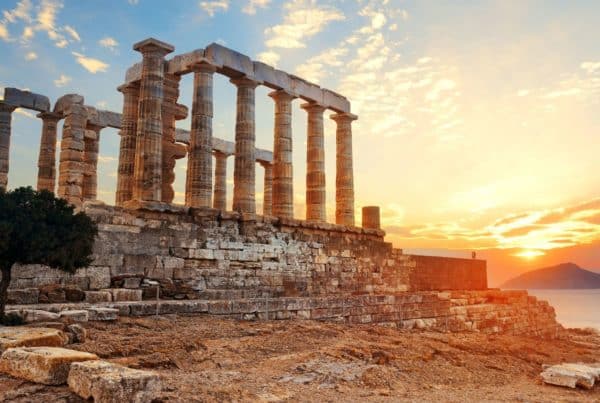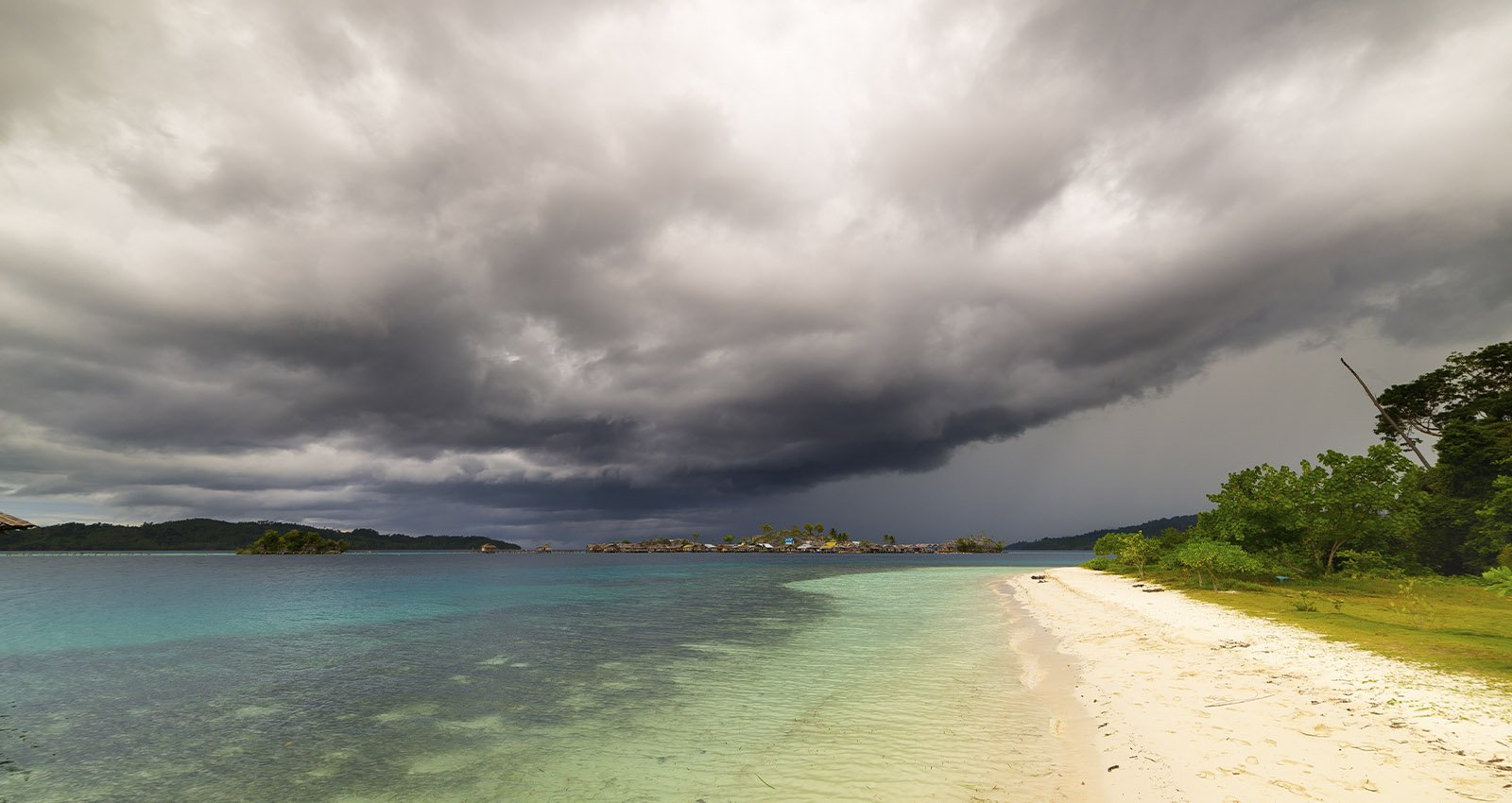
When Hurricane Maria destroyed Dominica in 2017, the devastation spurred an ambitious goal to fully adapt the island to climate change.
Hurricane Maria struck Dominica in September 2017, and more than 90% of the island’s structures were destroyed and leaves were ripped from trees. Today, the people of Dominica are rebuilding with the knowledge that climate change could mean a future of storms like Maria.
It started the evening on September 18, almost three years ago. The winds picked up; waves began crashing ashore with intensity; the skies darkened.
Unbeknownst to the people of the Commonwealth of Dominica, Hurricane Maria was slowly gathering the strength it needed to destroy over 90% of the island’s structures, cripple its economy, and force a small country that did little to cause climate change to reckon with its consequences.
Yet, despite the signs befalling Dominica, many residents say they were no more worried than usual. The tiny Caribbean island, after all, is no stranger to hurricanes. Situated in the eastern Caribbean, Dominica sits just over 500 miles northeast of Caracas, Venezuela and among a string of islands that stitch the Caribbean Sea to the Atlantic Ocean.
In the span of a single night, Dominica was torn apart. But from the devastation, the tiny country forged a new goal: to become the world’s first climate-resilient nation, capable of prospering despite a new era of storms made worse by climate change.
The Storm Approaches
As Maria approached land, the island’s residents quickly realized the storm would be much worse than they had anticipated.
As we continue pumping greenhouse gases into the atmosphere, warming the planet, hurricanes like Maria are expected to grow in number and intensity. Studies have shown that the Atlantic Ocean is heating up, causing storms to become more common, intense, and long-lasting.
Warm ocean water is fuel to a hurricane, powering it like an engine. The warmer the water, the more the engine revs, growing faster, larger, and capable of dumping more water. As Maria neared the Caribbean Sea, it burst to life, a process meteorologists describe as “rapid intensification.”
The Push for Resilience
Though Maria was the worst storm to ever strike Dominica, the country’s economy has been shaken several times over the past decade, absorbing major hurricanes and tropical storms in 2015, 2013, and 2010.
Hurricane Erika wiped out an estimated 90% of Dominica’s GDP in 2015. By comparison, the World Trade Organization estimates that Hurricane Maria cost Dominica just over two years’ worth of economic output. Financial experts anticipate it will be roughly three more years before Dominica can return to its pre-hurricane state.
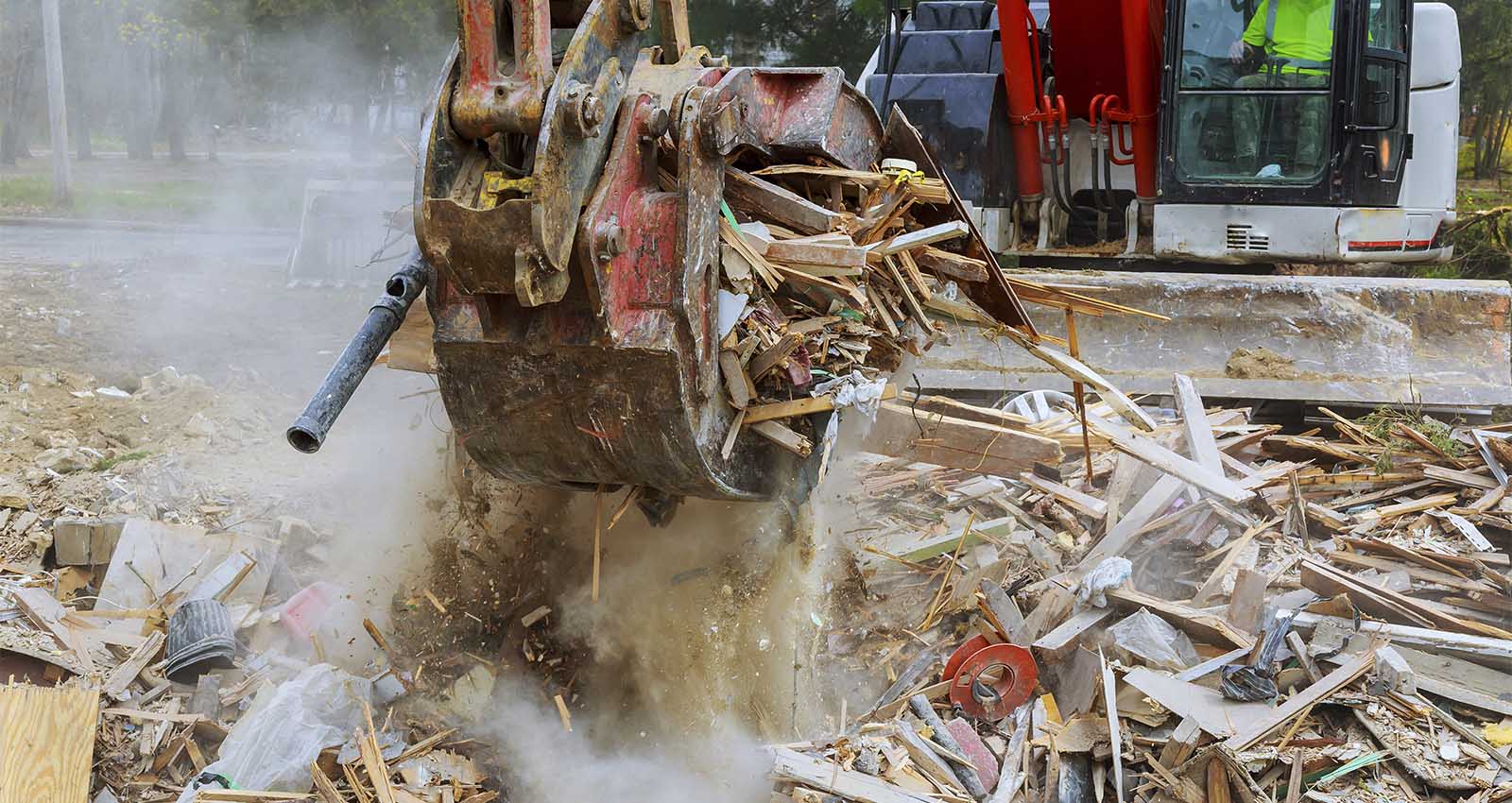
Five days after the storm hit, Dominica’s Prime Minister Roosevelt Skerrit addressed the United Nations General Assembly.
“I come to you straight from the front line of the war on climate change,” Skerrit said in his address. “In the past, we would prepare for one heavy storm a year. Now, thousands of storms form on a breeze in the mid-Atlantic and line up to pound us with maximum force and fury.”
Rebuilding can be expensive, but reconstructing a home or a business that can weather a Category 5 hurricane is even costlier. Luckily, Dominica’s health care system, community, luxury hotels and resorts, have benefited with funds from the country’s Citizenship by Investment Program, which provides second citizenship and passport to foreigners who invest in the island.
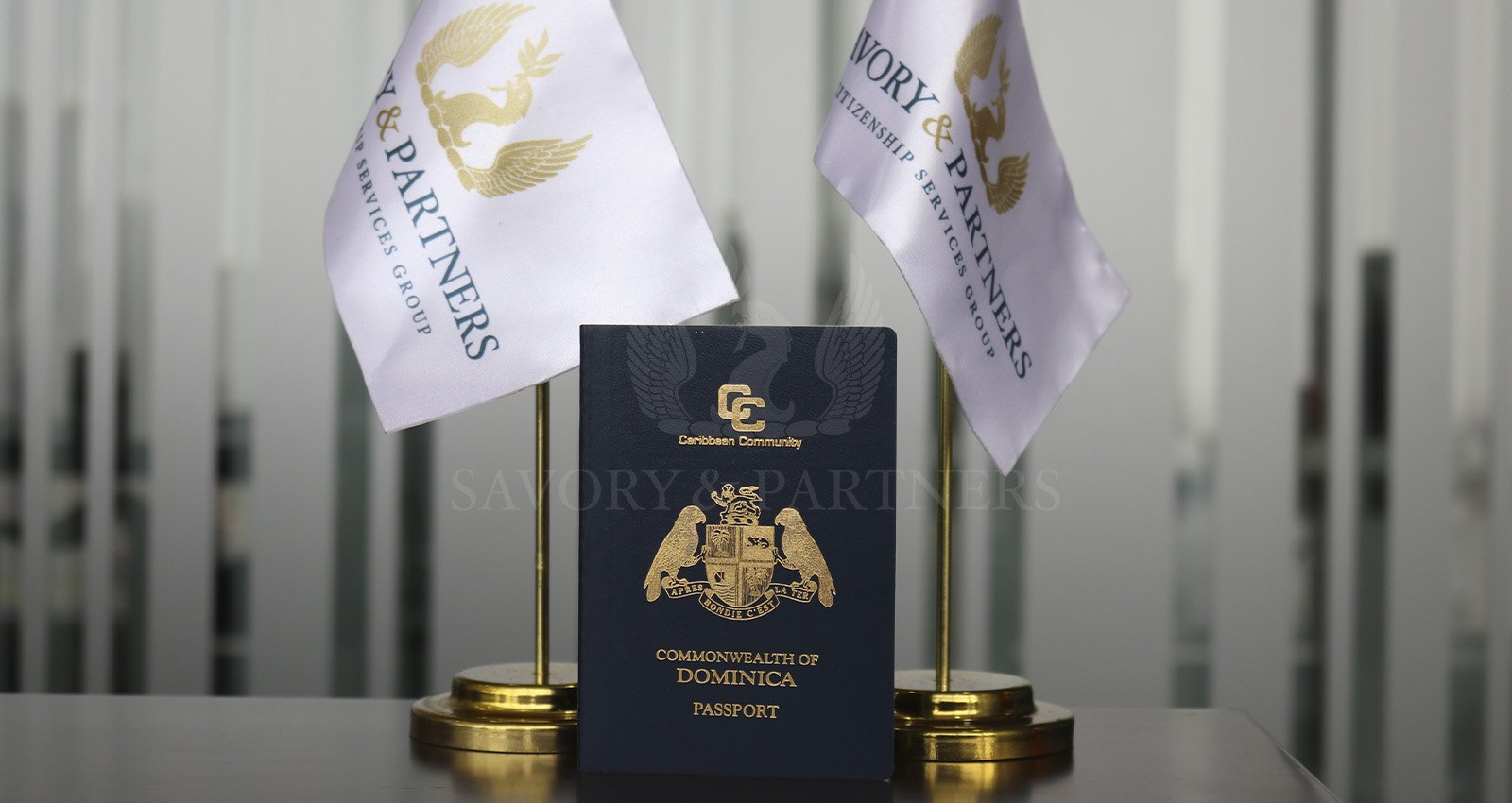
Dominica is striving to construct not only hurricane-proof buildings but also a diverse economy, including a tourism sector that attracts more high-end spenders and an agricultural system that grows a variety of fruits and vegetables eaten locally, rather than primarily exporting bananas.
While Dominica’s economy has grown from selling agricultural goods and timber, the island itself is the product it sells to the world. In an area only slightly larger than Austin, Texas.
Dominica contains 365 rivers, enough to swim in a new one every day for a year, locals like to point out. There are active volcanoes, lush rainforests, stunning coral reefs, and black sand beaches. On travel websites, the island is advertised as the Nature Island, a destination for the athletic adventurer or the affluent yogi in search of retreat.
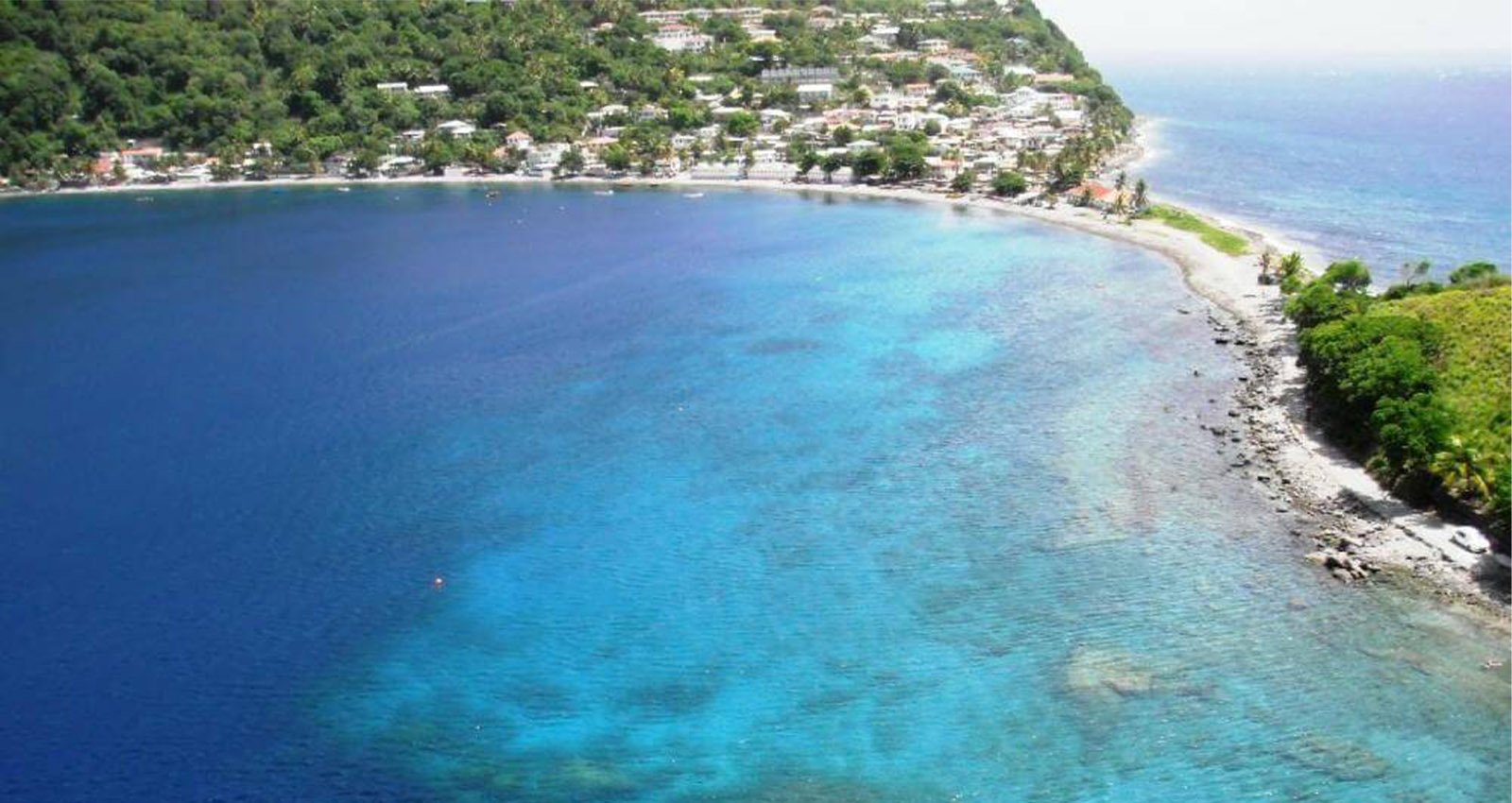
Dominica Strong
Climate Resilience Execution Agency of Dominica (CREAD) was established in early 2018 to ensure that every sector building back after Maria was keeping climate resilience in mind. Uniform building codes, varied agricultural products, new geothermal energy plants, improved healthcare facilities, reliable transportation infrastructure on land and at sea—it’s CREAD’s job to figure out how to hurricane-proof everything as much as possible.
In 2018, Dominica passed the Climate Resilience Act, which fully came into effect on the first day of 2019, and in a budget address delivered last July the prime minister highlighted how far the country had come.
Like their famous parrot and rainforests, Dominica is coming back to life, albeit with the scars to remind Dominicans that hurricanes of such magnitude will always be part of their reality. To become truly hurricane proof is to function like the country’s tropical ecosystem, capable of recovering—even thriving—in the wake of disaster.
Source: National Geographic



